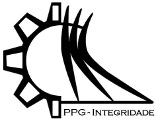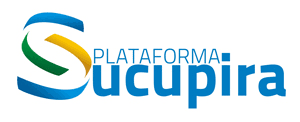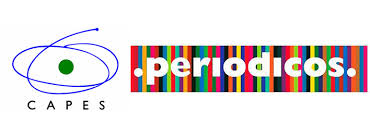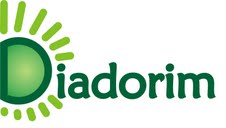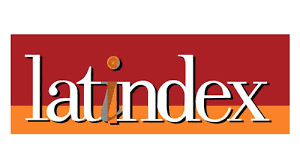STRONG MOTION TIME-HISTORY FOR STORAGE TANKS BY USING SEVEN DIFFERENT EARTHQUAKE ACCELEROGRAMS
DOI:
https://doi.org/10.26512/ripe.v2i19.15015Abstract
This paper aims to describe the seismic performance of circular oil storage tanks by calculating the total base shear induced from each seismic horizontal acceleration: magnitude varies between 6 and 8, and depth from 0 km to 35 km. Time-history analysis has been made considering that the stresses are not excited at the same time. The equations used are in accordance to Eurocode 8 and for the response spectra seven different accelerograms of seven different stations have been considered. The main objective is to provide an approach that describes many important seismic actions in tanks as well as their implications for the dynamic analysis of structural instability. Despite the area of oil being considerably discussed, there are few studies on this topic in Brazil. The results of the analysis show the importance to study the dynamic action and its effects. Keywords: Response time-history, Seismic action, Oil storage tanks, Structural engineering
References
Clough, R. W., Penzien, J., 1976. Dynamics of Structures, 1a ed., McGraw-Hill, New York, (3a ed., 2003, pp. 752).
ESM ”“ Engineering Strong-Motion. Accessed on: 30th of March, 2016. Database web site available at: esm.mi.ingv.it.
Eurocode 8: Design of structures for earthquake resistance ”“ Part 4: Silos, tanks and pipelines. European Standard EN 1998-4:2006, European Committee for Standardization, Brussels, 2006.
Housner, G. W., 1954. Earthquake Pressures on Fluid Containers. Eighth Technical Report, Office of Naval Research, California Institute of Technology, Pasadena, California, August 1954.
Zacchei, E., Brasil, R. M. L. R. F., 2015. Total Seismic Response of Circular Oil Storage Tanks: a Simplified Analysis. Proceedings of the XXXVI Iberian Latin-American Congress on Computational Methods in Engineering (CILAMCE), ABMEC, Rio de Janeiro, RJ, Brazil, November 22-25.
Downloads
Published
Issue
Section
License
Given the public access policy of the journal, the use of the published texts is free, with the obligation of recognizing the original authorship and the first publication in this journal. The authors of the published contributions are entirely and exclusively responsible for their contents.
1. The authors authorize the publication of the article in this journal.
2. The authors guarantee that the contribution is original, and take full responsibility for its content in case of impugnation by third parties.
3. The authors guarantee that the contribution is not under evaluation in another journal.
4. The authors keep the copyright and convey to the journal the right of first publication, the work being licensed under a Creative Commons Attribution License-BY.
5. The authors are allowed and stimulated to publicize and distribute their work on-line after the publication in the journal.
6. The authors of the approved works authorize the journal to distribute their content, after publication, for reproduction in content indexes, virtual libraries and similars.
7. The editors reserve the right to make adjustments to the text and to adequate the article to the editorial rules of the journal.


